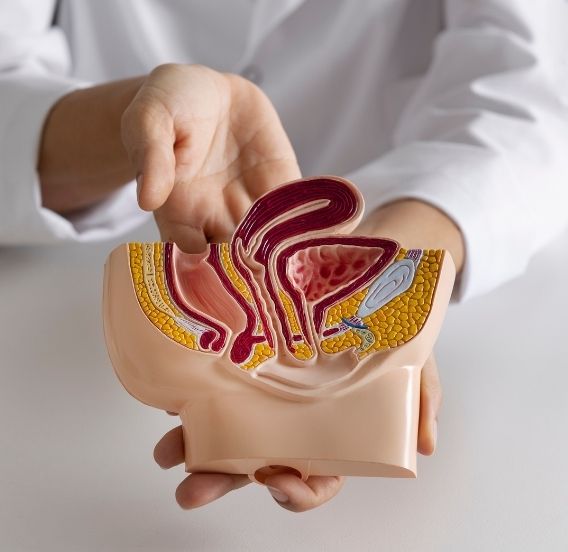Treatments
What is Diverticular Disease?
Diverticulum is the name given to small pouch-like protrusions formed outwardly on the wall of the colon. When there are multiple protrusions, it is called diverticulosis. Although diverticula can occur in any part of the digestive system, they most commonly appear in the colon. This text will focus on diverticula seen in the colon.

TREATMENTS

